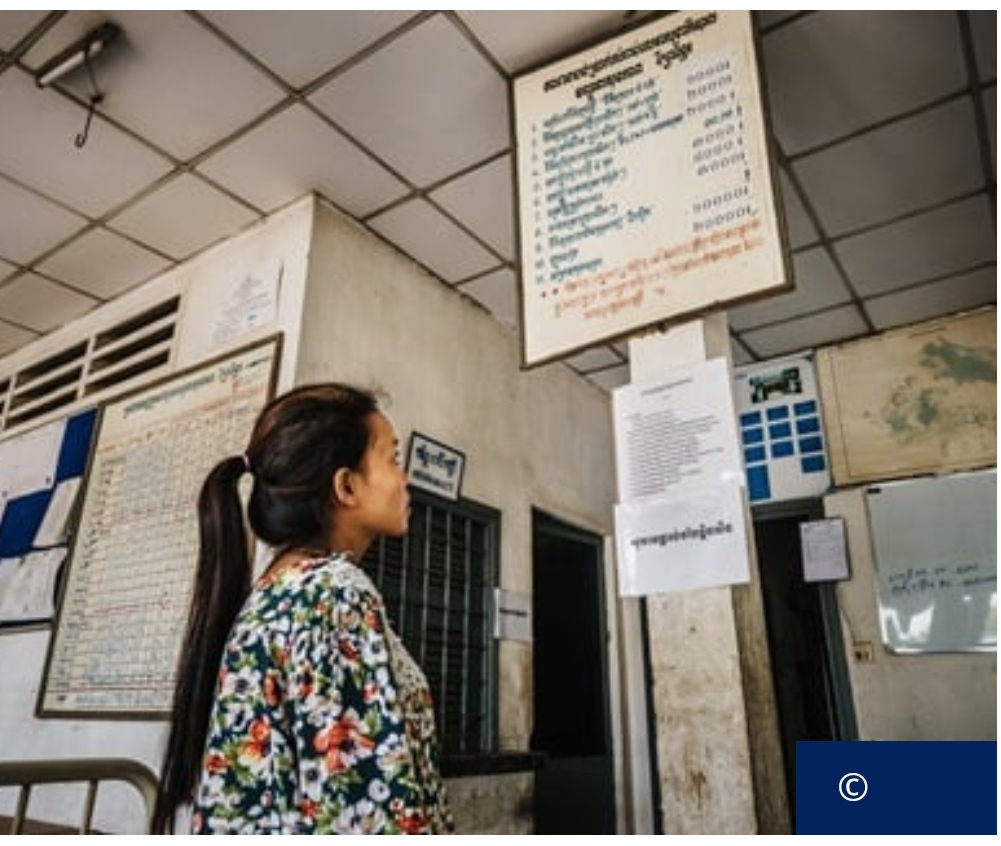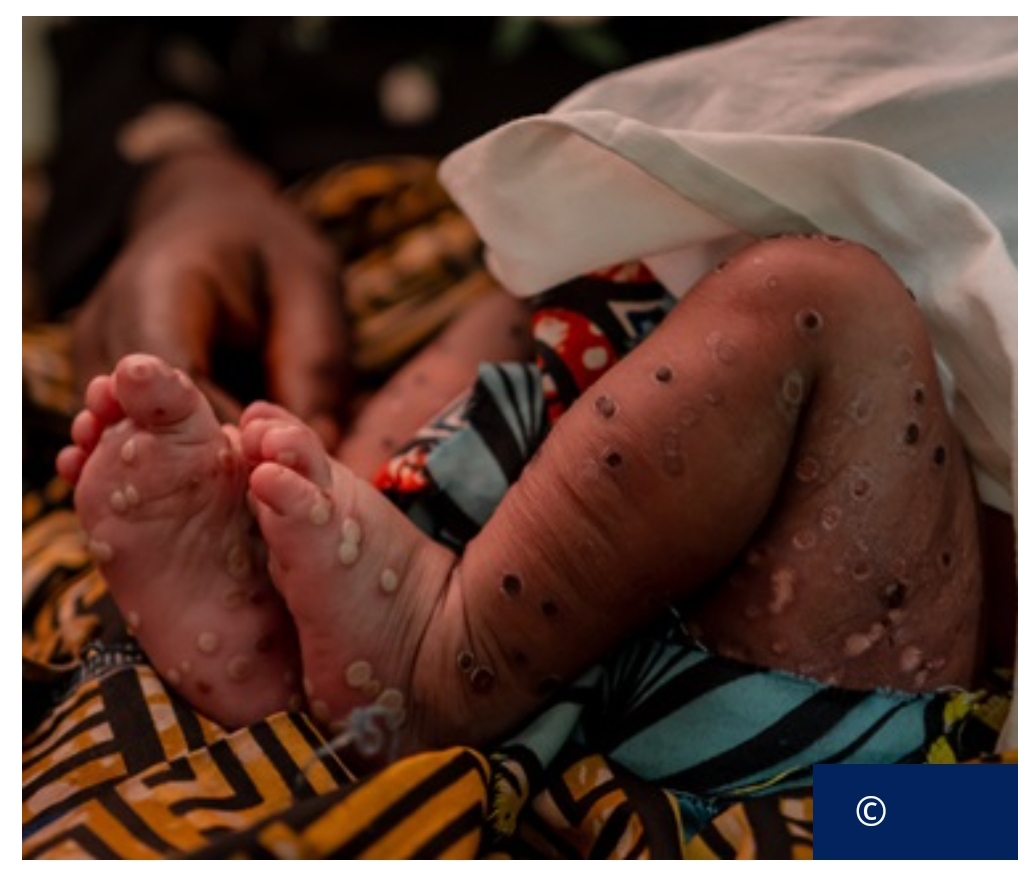Maternal Deaths Caused by Haemorrhage and Hypertension Remain Major Global Crisis, WHO Report Reveals.
Geneva:
A new study released by the World Health Organization (WHO) on March 8 highlights the alarming rates of maternal mortality worldwide, with haemorrhage and hypertensive disorders like preeclampsia being the leading causes. In 2020, these conditions accounted for approximately 80,000 and 50,000 deaths respectively, underscoring the continued lack of access to lifesaving treatments and effective care for women during and after pregnancy.
Published in The Lancet Global Health, the study is the WHO’s first global update on maternal deaths since the adoption of the United Nations’ Sustainable Development Goals (SDGs) in 2015. The report reveals that haemorrhage, mostly occurring during or following childbirth, is responsible for nearly 27% of maternal deaths, while hypertensive disorders such as preeclampsia contribute to an additional 16%. These findings bring attention to the severity of preventable causes that continue to claim the lives of countless women across the globe.
In addition to these major direct causes, the report also identifies other health conditions, including infectious and chronic diseases such as HIV/AIDS, malaria, anaemias, and diabetes, which account for 23% of pregnancy and childbirth-related deaths. These conditions often go undiagnosed or untreated, exacerbating risks and complicating pregnancies for millions of women worldwide.
Dr. Pascale Allotey, Director of Sexual and Reproductive Health and Research at WHO, emphasized the importance of understanding the underlying causes of maternal deaths to improve care for women during pregnancy and childbirth. “This is also a massive equity issue globally. Women everywhere need high-quality, evidence-based healthcare before, during, and after delivery, as well as efforts to prevent and treat other underlying conditions that jeopardize their health,” she said.
In 2020, the total number of maternal deaths globally was estimated at 287,000, or one death every two minutes. The study also points out that many maternal deaths occur during or shortly after childbirth, making it a critical period to save lives. Despite this, approximately a third of women in lower-income countries still do not receive essential postnatal care within the first days after birth, further complicating efforts to reduce maternal mortality.
WHO’s findings call for enhanced antenatal services to detect risks early, more robust obstetric care to manage critical birth-related emergencies, and better postnatal care. Efforts to reduce the prevalence of underlying conditions such as noncommunicable diseases and malnutrition are also critical for improving maternal health outcomes.
The report also sheds light on gaps in data collection, particularly regarding maternal suicides and late maternal deaths (those occurring up to a year after childbirth). Most countries fail to report on late maternal deaths, despite several conditions that pose risks well beyond childbirth.
In response to the maternal mortality crisis, WHO has launched initiatives like the global Roadmap for Postpartum Haemorrhage, which outlines key priorities to address this leading cause of death. Furthermore, the World Health Assembly has passed a resolution to strengthen care before, during, and after childbirth, with a focus on high-quality, respectful services.
Looking ahead, World Health Day 2025 will center on maternal and newborn health, calling for intensified efforts to ensure access to quality care for women and babies, particularly in the poorest countries and crisis settings where the majority of maternal deaths occur. The campaign will also emphasize the importance of postnatal care and support, aiming to improve the long-term health and well-being of women beyond childbirth.
The latest WHO study serves as a call to action for global health systems to address the systemic issues contributing to maternal mortality, highlighting the urgent need for comprehensive, holistic approaches to women’s health across different life stages.



